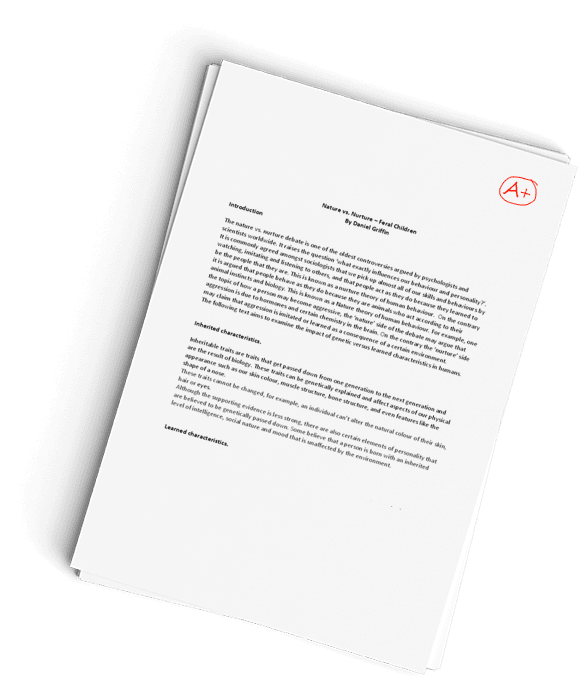FIN 442 Iowa University Working Capital Ratio & Current Liabilities Discussion
Question Description
Initial Response should be between 50-150 words.
DQ1
The current ratio, also known as the working capital ratio, measures the business’ ability to pay off its short-term debt obligations with its current assets. So, if the current assets amount to $400,000 and current liabilities are $200,000, the current ratio is 2:1. This ratio is used to let potential investors know how well the business sits financially. A 2:1 ratio shows that the business is able to use current assets to pay off current liabilities if needed.
The debt/equity rule is as follows: If the company, for example, has a debt to equity ratio of .50, it means that it uses 50 cents of debt financing for every $1 of equity financing. Firms whose ratio is greater than 1.0 use more debt in financing their operations than equity. If the ratio is less than 1.0, they use more equity than debt.
Both of these are valuable tools that show bankers, investors, and financial managers how attractive a business might be. It will allow them to make an educated decision on whether or not they want to do business with this company.
Carlson, R. (n.d.). The Debt-to-Equity Ratio: Measuring Financial Risk. Retrieved October 26, 2020, from https://www.thebalancesmb.com/what-is-the-debt-to-…
FreshBooks. (2020, July 20). What Is a Good Liquidity Ratio? Retrieved October 26, 2020, from https://www.freshbooks.com/hub/accounting/good-liq…
DQ2
According to Investopedia the definition of rule-of-thumb approach is a guideline that provides simplified advice or some basic rule-set regarding a particular subject or course of action. Generally rules of thumb develop as a result of practice and experience rather than through scientific research or a theoretical foundation. So based on that definition of rule-of-thumb it would be my opinion that no, the rule-of-thumb approach to ratio analysis doesn’t offer any value to any person with interest in a financial market. The rule-of-thumb is based on results from one person’s practice and experience rather than actual facts. If I was a financial manager, I would prefer to obtain my information on investments based on the 2-1 current ratio rule since that is the calculation of actual current assets compared to actual current liabilities.
This is an important ratio to know and use and it’s important that the correct ratio is followed because using a ratio that is based on an experience isn’t the best evaluation of value for an investment. Stakeholders usually have a common goal of trying to maximize the value and dollar on return so they would need to know the actual values and use that for determination of investment. Therefore, using the rule-of-thumb approach would not be my suggestion or in my opinion provide the best idea of value of any investment.
Reference: Investopedia.com, Article written by James Chen, Updated August 24, 2020
DQ3
I think a rule-of-thumb approach on ratio analysis offers some value to a financial manager. Different industries, and even different companies within those industries, will be found to have varying levels of debts, capital, etc. New startups may have vastly different amounts of cash flows and debts than a well-established business for example. So to generalize every company under a rule of thumb approach might not be very effective. Ratio analysis is important for a number of reasons to stakeholders. One main reason is it gives insight into the level of risk for that particular business, as compared to it’s competitors. An investor might be interested in a new business because of the low cost of stock or the possibility for large gains later on. Whereas, a banker, might be hesitant to loan money to a higher risk business, for obvious reasons.
DQ4
Trend analysis is a tool used to compare present with the past and evaluate progress through time. If you owned a car dealership and you sold 100 vehicles this year, this would be impressive if you had only been selling 75 per year in the past 10 years. It allows you to see your current performance compared to past performance using statistical data. This example shows a 25% increase over the past 10 year average. People play different when they are keeping score, this is a performance scorecard that shows if you are winning or losing.
DQ5
As we’ve learned, ratio analysis provides us with a way to compare how a company stacks up against another. This might be to compare debt ratios, profitability ratios, or many others. Trend analysis takes it another step further, by comparing the ratios to other years. This can be useful by showing patterns, or just as it’s called, trends within the business. For example, say I’m an investor looking to buy some shares of a company with proven growth over the years. I could look to certain ratios, such as price/earnings ratios. To be more certain however, trend analysis could show how this company has done in this area over a number of years, rather than just what the current financial statements are suggesting.
DQ6
Trend analysis
It may be defined as an analysis in which a business firm’s performance is evaluated over several years so that a particular pattern could be derived with respect to the business’s operations. This analysis is meant for forecasting various operations of the business. A business firm can track its progress in terms of its operation through trend analysis. Trend analysis helps to make a comprehensible comparison of the present performance with the performance in the past of specific business operations. Trend analysis involves several years to determine the exact pattern that is supposed to be useful in forecasting the various business operations (Brigham, 2019).
A firm should also compare the trend analysis with the patterns of the industry that are changing over the period. It is to have a complete and exhaustive overview of performance with reference to the industry’s prevailing standards. Examining sales patterns to see if sales are declining because of specific customers or products or sales regions, Examing expense report claims for proof of fraudulent claims (Brigham, 2019).
Reference
Brigham, E. F., & Daves, P. R. (2019). Intermediate financial management. Cengage.
Have a similar assignment? "Place an order for your assignment and have exceptional work written by our team of experts, guaranteeing you A results."








